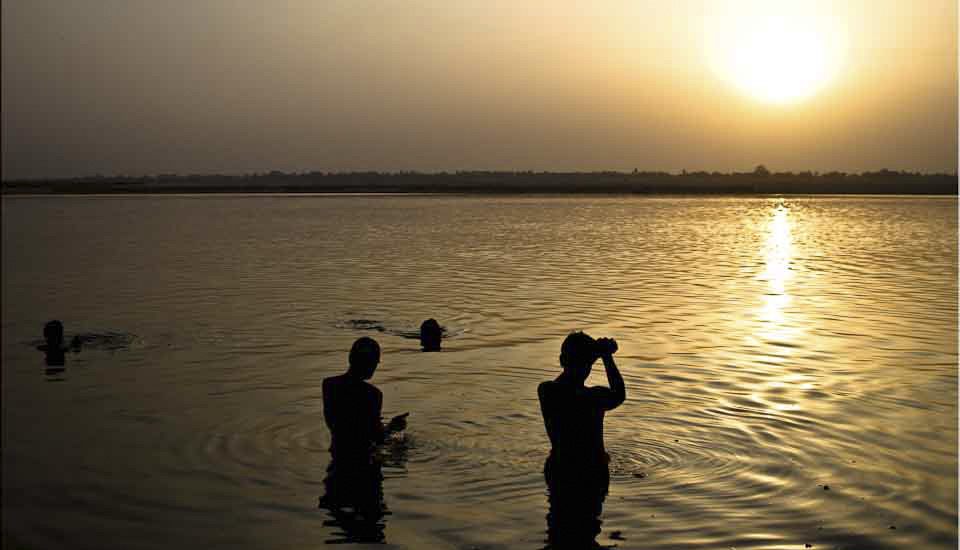.jpg)
Land’s End
Shrouded in rain, fog, and sea mist, England’s western-most point can feel like the end of the world.
Weather can make all the difference when you are travelling.
It sets the tone of the landscape and can influence the mood of the visitor.
Back in 2012, my husband and I spent some time in Ireland (For blog posts see: Ireland) and England (eg: Salisbury and Brighton), and we were looking forward to a few days in Cornwall – all during a summer that has since been called the ‘wettest in 100 years’ by the UK Met Office.
The rain wasn’t necessarily a bad thing. Although it makes using bulky DSLR cameras more difficult, given the reputation of the British Isles to be wet and misty, we had umbrellas and raincoats and were anticipating the worst.
My expectations of Cornwall were coloured by books. I imagined a landscape of castle ruins overlooking steep cliffs, and thick woods, like those that were once the roaming grounds of the fabled King Arthur and his knights. I also envisaged the treacherous and moody moors and smugglers’ caves that backdrop Daphne du Maurier’s strong-willed heroines. Then there are the rocky shores and wild winds of Poldark. Of course, Cornwall is also home to charming and picturesque fishing villages, like the fictional Portwenn – home of Doc Martin.
The county lived up to my expectations: it rained most of the time we were there. We had a real challenge getting our suitcases up and down various eternal stairways from the car and through the rain cloud that enveloped us to find our room in the rambling, loose collection of old buildings that was our hotel. (It really pays to travel light anywhere in Europe: unless you stay in sterile, nondescript chain hotels, chances are pretty good that you’ll be carrying your bags a lot further than you expect!) When we went down to breakfast in the morning, the restaurant was full of grumpy golfers who were missing their tee-times because the course was engulfed in fog. We literally could not see out of the windows.
The fog made our days more difficult, but we had only limited time so we carried through with our self-driving sight-seeing plans in spite of reduced visibility. Land’s End was only 7 miles (11 km) away, but it took us much longer than the suggested 20 minutes to get there!
.jpg)
Golf in the Fog
It was ten o’clock on a July morning on the Cape Cornwall Golf Course before the fog had lifted sufficiently for the golfers to find their carts.
.jpg)
Land’s End
Highway markers tell you when you reach Britain’s Land’s End. (I actually took this shot as we were leaving; I don’t think we even saw the markers when we were driving in!)

Land’s End Arcade
Perhaps it is knowing that the weather can be inclement that causes the British to turn features of interest into arcade-type ‘attractions’.

Pathway to the End of the World …
It certainly feels as if we are on the edge of nowhere.

“Dangerous Cliffs”
The fog ebbs and flows: when it lifts for a moment, we can just see the waves crashing on the rocks below.

Merry Maidens
Our next stop, only twenty minutes away, was at a late neolithic stone circle known as Merry Maidens or Stone Dance.

Merry Maidens
Stone circles – like this one of 19 granite megaliths – may be common across the British Isles, but they are still magical.

One of the Merry Maidens
According to local mythology, each of the stones represents one of nineteen maidens who was petrified for dancing on a Sunday. Two more megaliths some distance away are said to be the pipers who were playing for the young women.

The Coast off Mousehole
As we continue our journey east along Cornwall’s south coast, the skies clear somewhat, and we get wonderful views over the delightful fishing village of Mousehole (pronounced Mawzel).

Mousehole Streets
All but a local pub in the village was destroyed in the Spanish raids of 1595. Even so, the streets are narrow: winding around blind corners and up and down steep hills.

Mousehole Port
Until the 16th century, Mousehole was one of the principal ports on Mount’s Bay.

Mousehole Wharf
Today, the sheltered harbour is a haven to small boats …

On the Beach
… and holiday-makers. British beach-goes will brave all kinds of weather to get outdoors.

Mousehole Rooftops

St Pol de Léon’s Church
Less than five minutes up the road, we had to stop again: the little Paul Parish Church looked just too charming to ignore.

Headstone
Headstones provide such an insight into history: this one from the late 1800s honours a master sailer and his wife, who both lived to age 69, but whose two children died in infancy.

Celtic Cross
The Cornish people can trace their roots back to the ancient Celtic Britons. This (and other) churchyard features some beautiful Celtic crosses.

Truro
The spires of the Gothic Revival Cathedral of the Blessed Virgin Mary rise above the streets of Truro into surprisingly blue skies as we pass through.

Mud Maid
The Lost Gardens of Heligan are 200 acres of Victorian gardens that were only rediscovered twenty-five years ago. The mud sculptures in the garden, however, are contemporary works. This one, The Grey Lady by Susan and Peter Hill, was installed in 2007.

Landscape around Pentewan
Breaks in the forest give us views over the Cornwall coast.

Green Foliage
After the morning’s fog and rain, the greenery is almost blindingly bright in the late afternoon sun.

Undergrowth
In a steep-sided valley, ferns and a profusion of warmth-loving plants grow in their own microclimate.

Traditional Charcoal Burner
In Cornwall, metal drums were used to burn wood anaerobically to make charcoal. This one was used to produce the charcoal for an art installation: “Growth & Decay” by James Eddy.

Glass House
Like every good Victorian garden, the Heligan Gardens have a large glass house to explore.

The Giant’s Head
Probably the best known attraction in the gardens is The Giant’s Head mud sculpture commissioned in 1998 to Cornish artists Sue and Pete Hill.

St. Neot Church
I couldn’t resist an evening stop at the beautiful Norman church at St Neot, …

Inside St. Neot Church
… and a peek inside at its wonderful medieval stained glass windows.

Jamaica Inn
Before we crossed the Tamar River out of Cornwall, we had to stop at the notorious smugglers’ inn on Bodmin Moor for Cornish pasties.
The rains followed us as we left our visit to Cornwall behind.
Earlier this year we spent a day in Falmouth – and we got to explore Cornwall in full sunshine (see: Another English Spring), and the countryside felt completely different.

As I said before, weather makes all the difference.
Enjoy your travels!
Photos: 17-18July2012
































.png)

